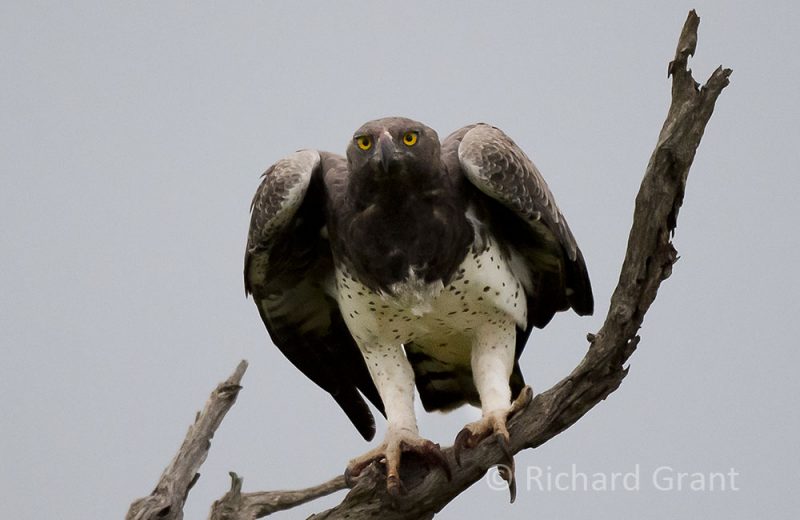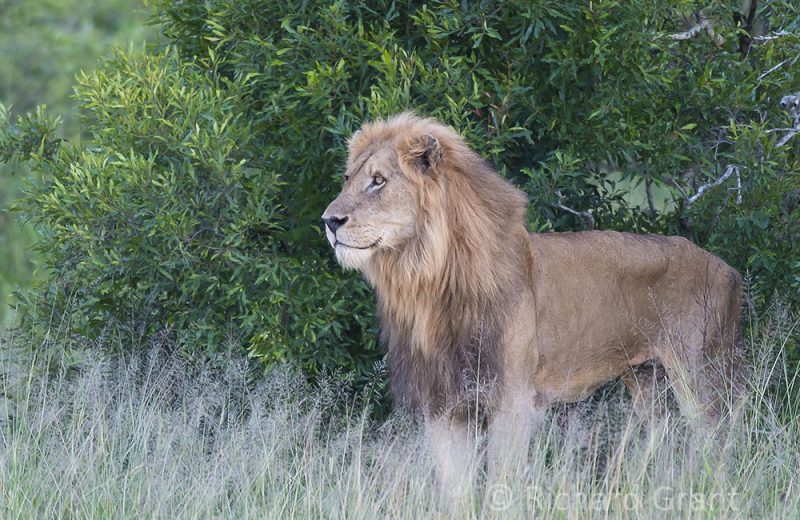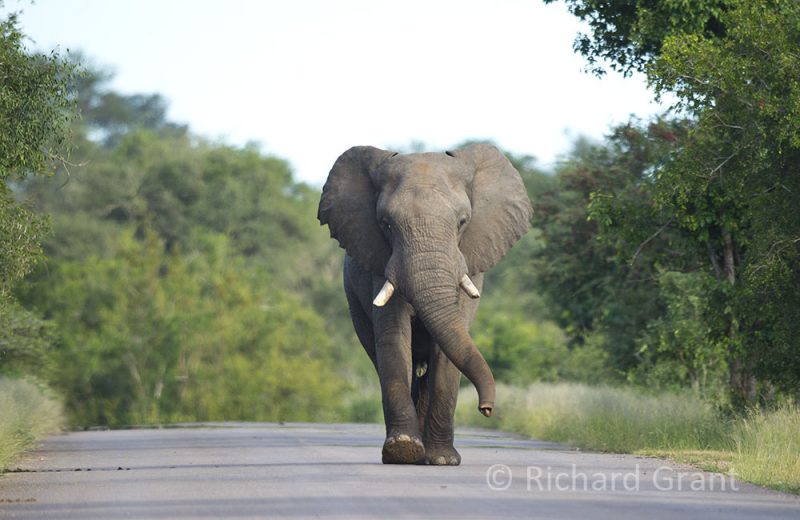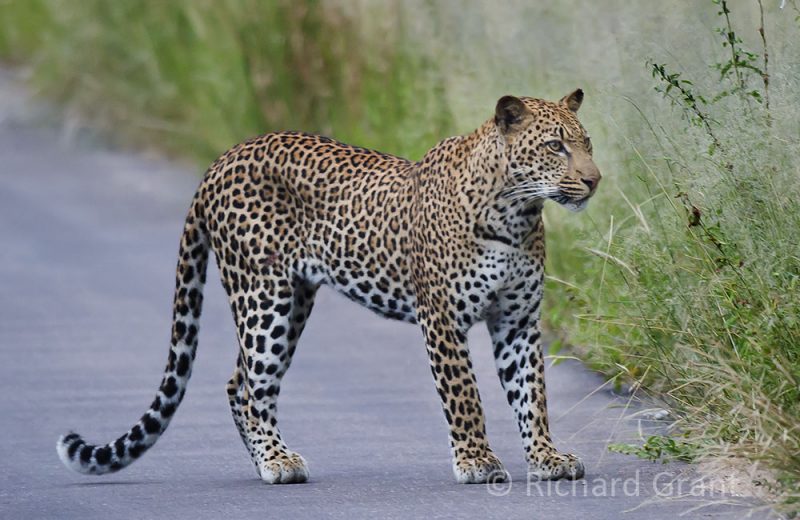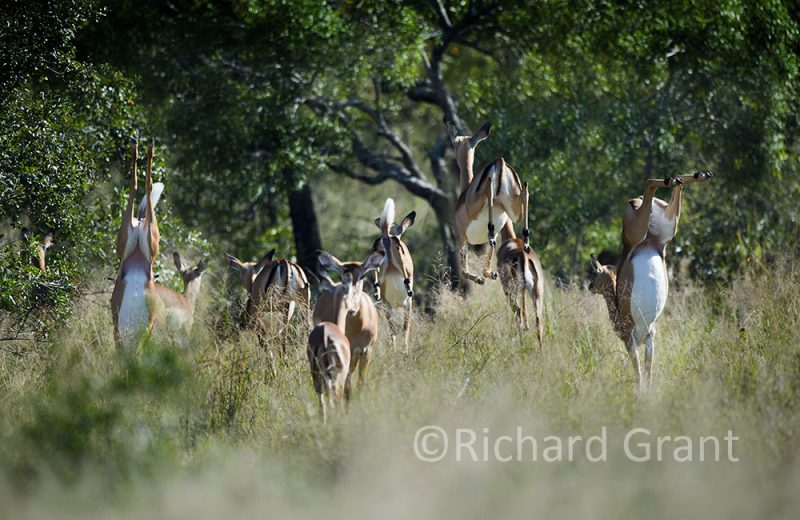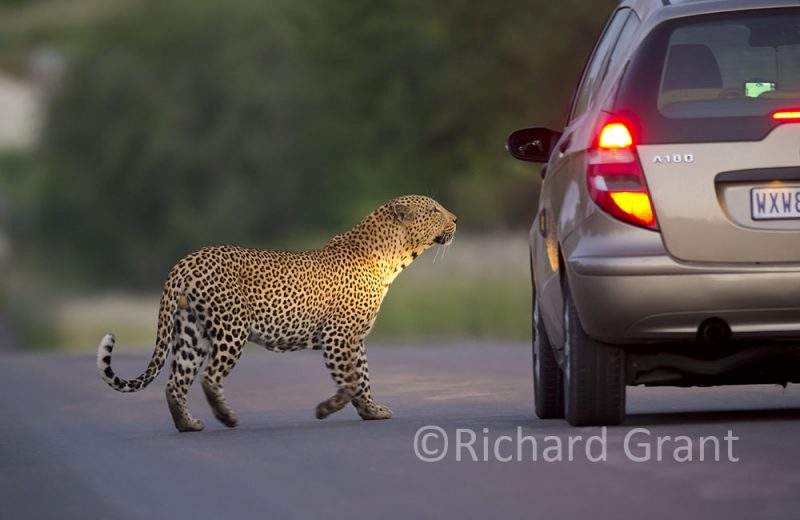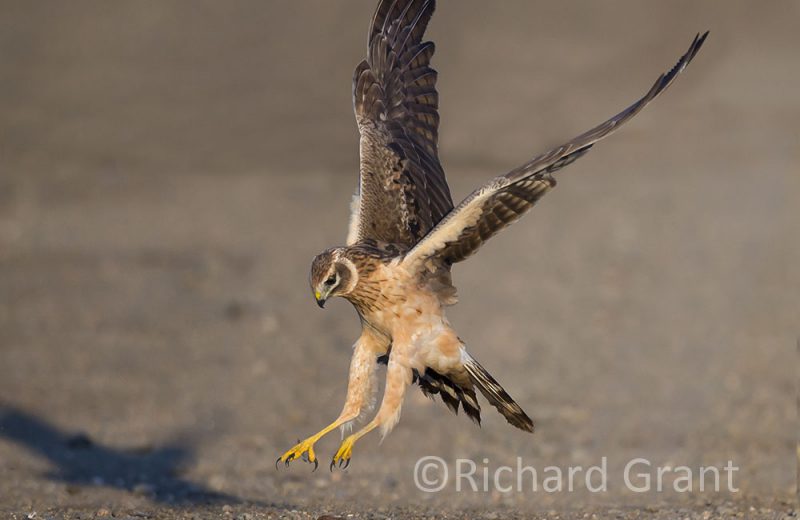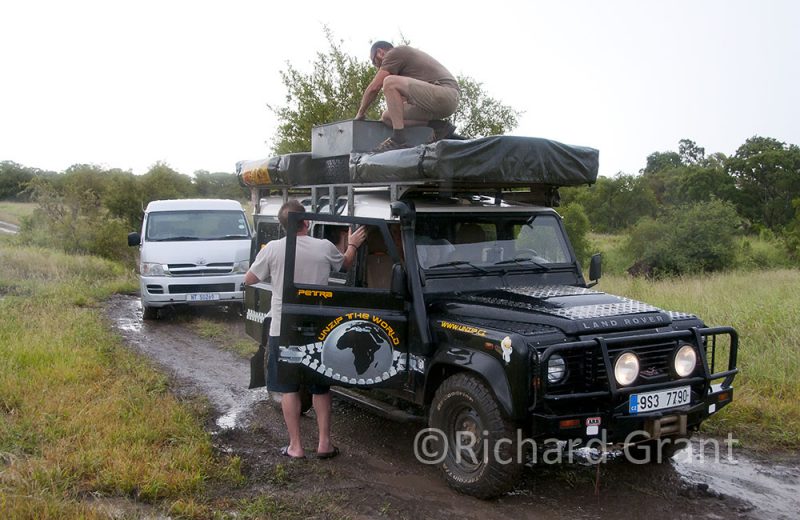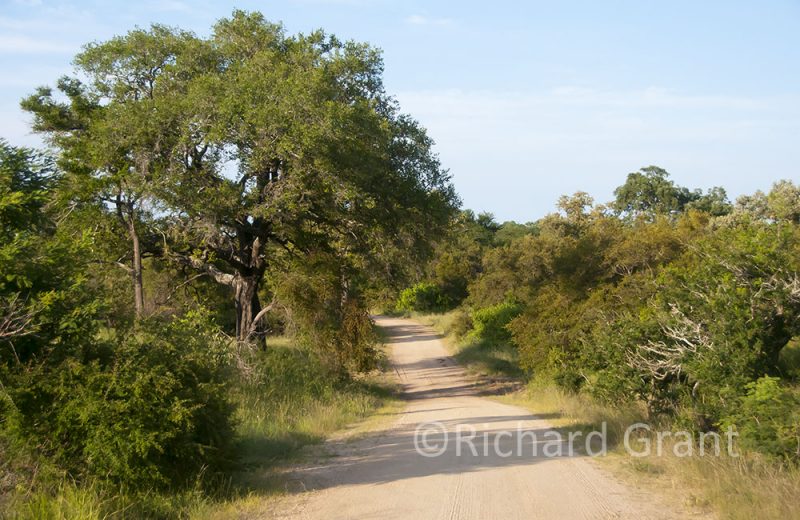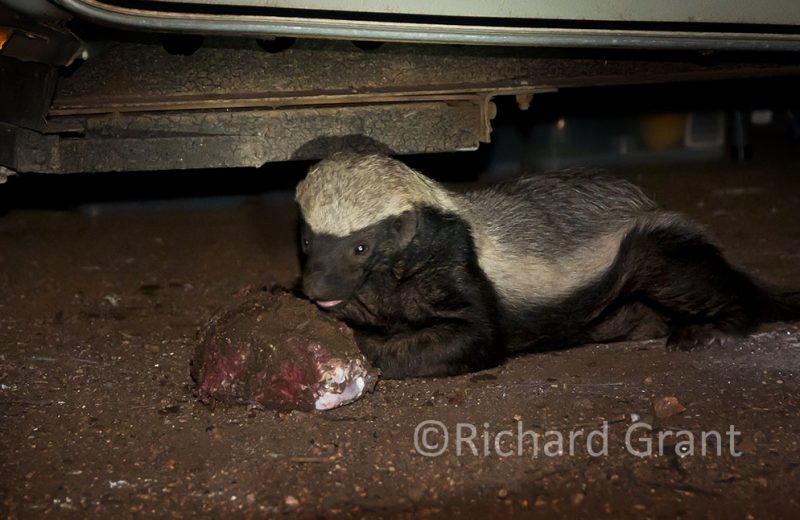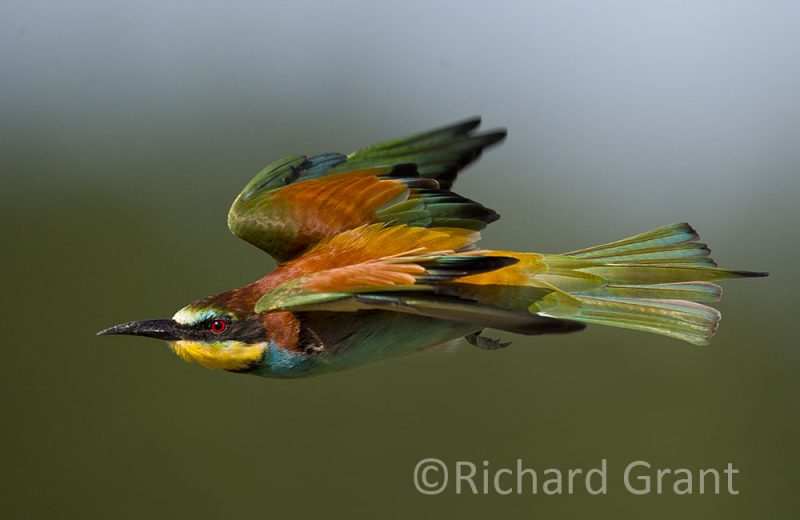Tuesday, 11th
I am afraid that these weather conditions are not conducive to interesting blogs.
This morning I am dutifully out at 5.30am and make my way up the H1-4 main road all the way to the Letaba river. With a south wind blowing and constant rain, no self respecting animal and bird will show itself and I never once reach for my camera. I do pause on the Olifants and Letaba river bridges and although both are flowing strongly, they are not in flood.
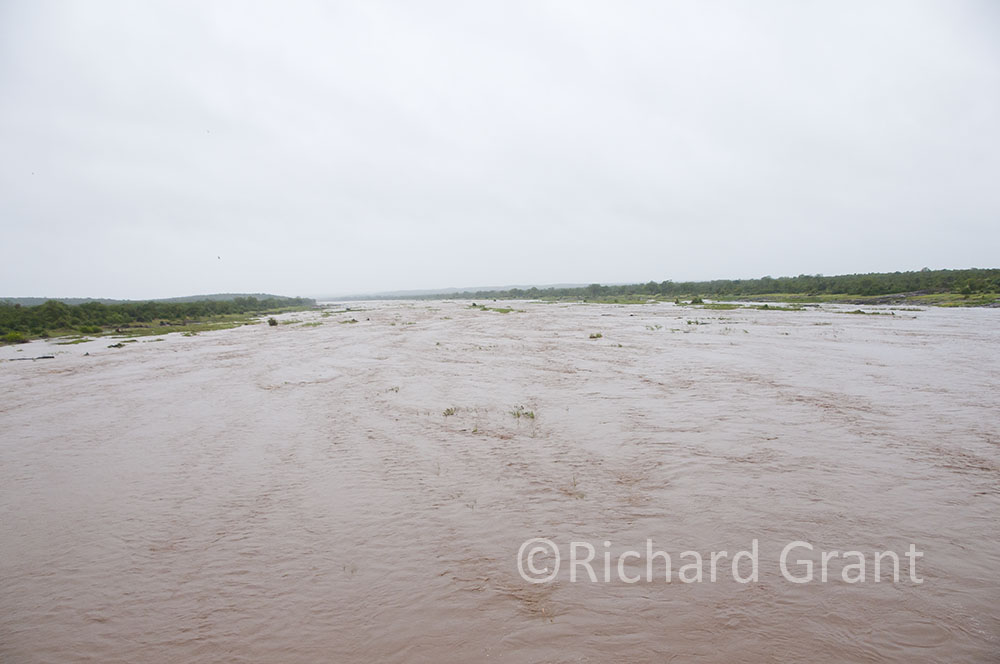

But the thickly muddied waters do make me wonder how long it will take for the Massingir Dam (downstream and just over the border in Mozambique) to silt up. Really mankind is making such a mess of our planet as just moderate rain is enough to send enormous volumes of topsoil down the Luvuvhu, Shingwedzi, Letaba and Olifants rivers. The Sabie River is by far the best in the Park usually flowing strongly but relatively sediment free.
By afternoon my rain-gauge has now measured 200mm of rain at Satara over the past two days. Fortunately, the rain has not been violent and a lot has sunk into the earth building up the water table. Streams that have been dry for years are now flowing. The downside is that the beautiful Satara gravel roads will be closed for a while. I will certainly be avoiding the dreaded S147 for some time.
Wednesday, 12th
It is still raining as I set out this morning and a strong south wind is blowing. With little prospect of seeing anything, I drift down the H6 Nwanetsi tarred road. Surprisingly a short amount of the S37 gravel road is open and I do manage to get to the Sweni River where I find the causeway submerged.
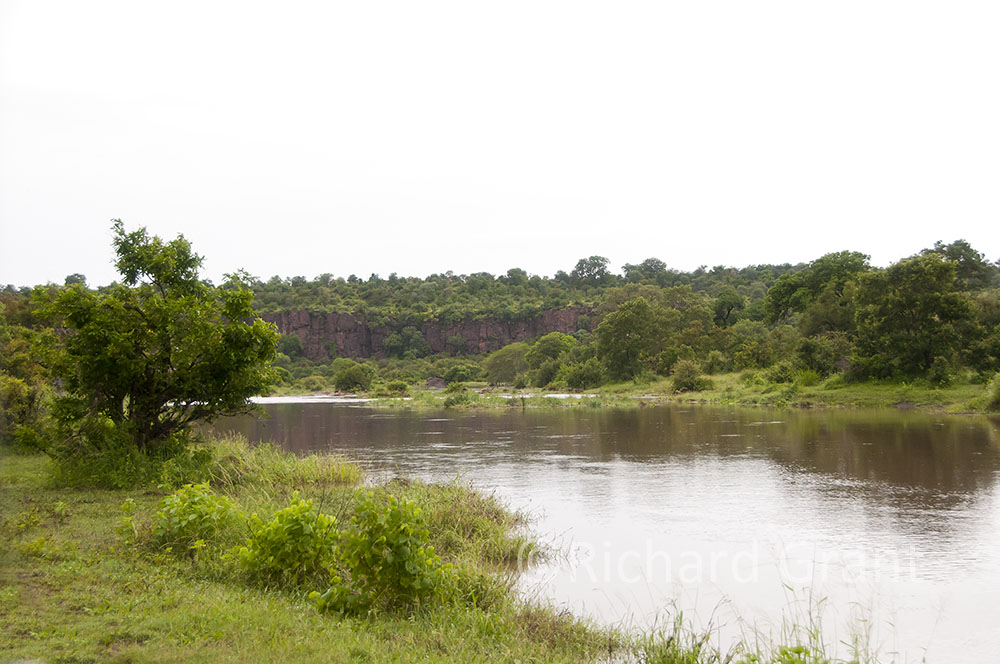
I hurry back to camp and find another 10mm of rain in the gauge making a total for the past three days of 210mm. By afternoon the wind has dropped and the sky is brightening and I go down to the H1-3 which runs for 1km along the bank of the Nwanetsi river. The birds are beginning to stir and I at last lift my camera for Orioles, Woodlands, Carmines and Flycatchers.
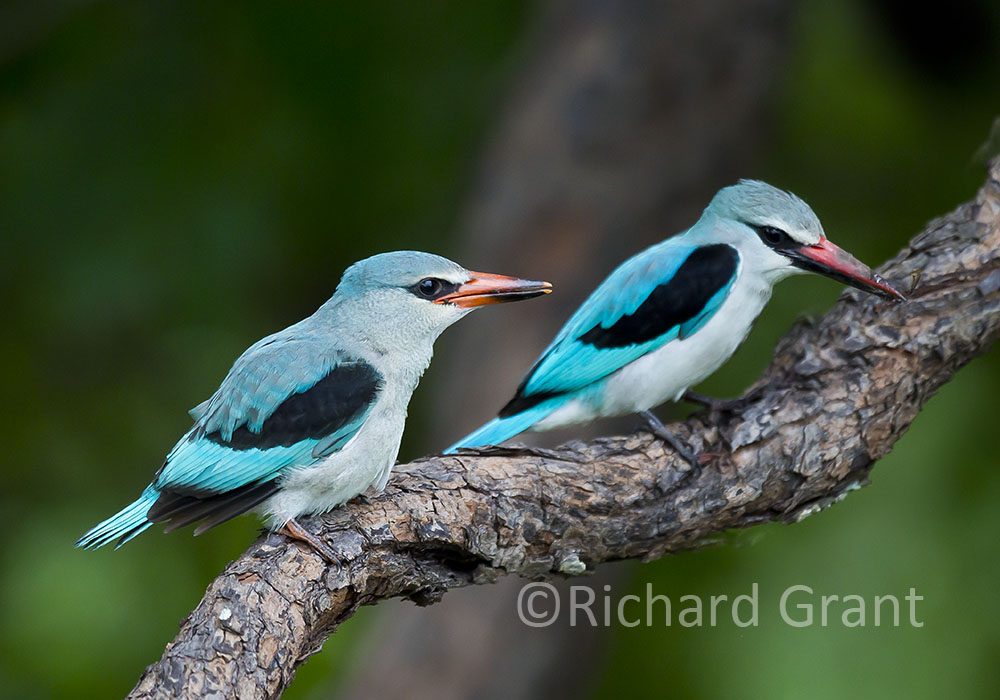



It is good to get the camera working again after days of inactivity.
Thursday, 13th
The skies are clearing at last and although the gravel roads are still closed, the prospects for today are much better. Leaving the camp gates I am treated to a real Satara sunrise.
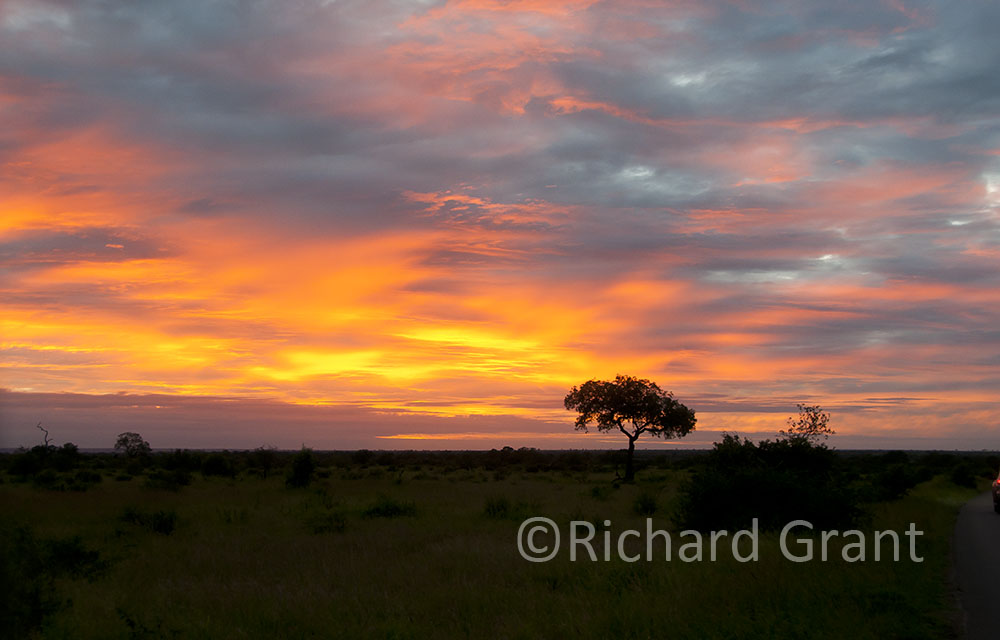
I first have a look at the Sweni River which is still flowing strongly.

I next come back to the H6 Nwanetsi Road having allowed the traffic to get ahead. With cars confined to the tar, the main roads are a lot busier than normal. Soon our path is blocked by an old Tusker who will very obstinately keep to the road and force the cars to reverse as he advances.
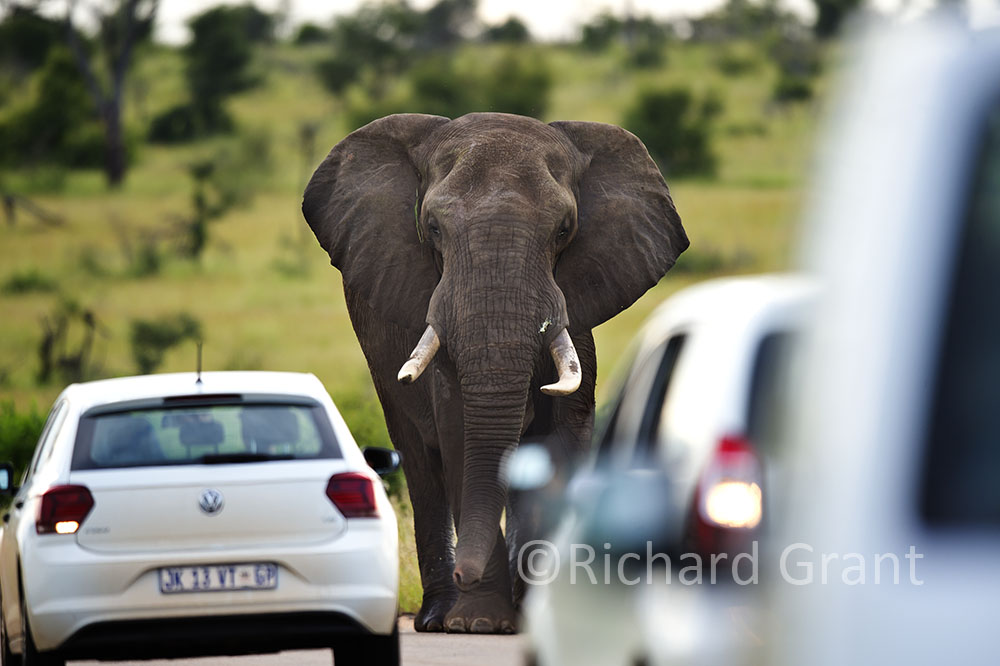
As to be expected, the water logged veld is covered with a thick carpet of succulent grass. By the time I have reached the end of the road, the Parks people are re-opening the gravel roads and I turn northwards along the S41. Every stream gives signs that it has flooded over the road and the Nwanetsi is still flowing strongly over the causeway.
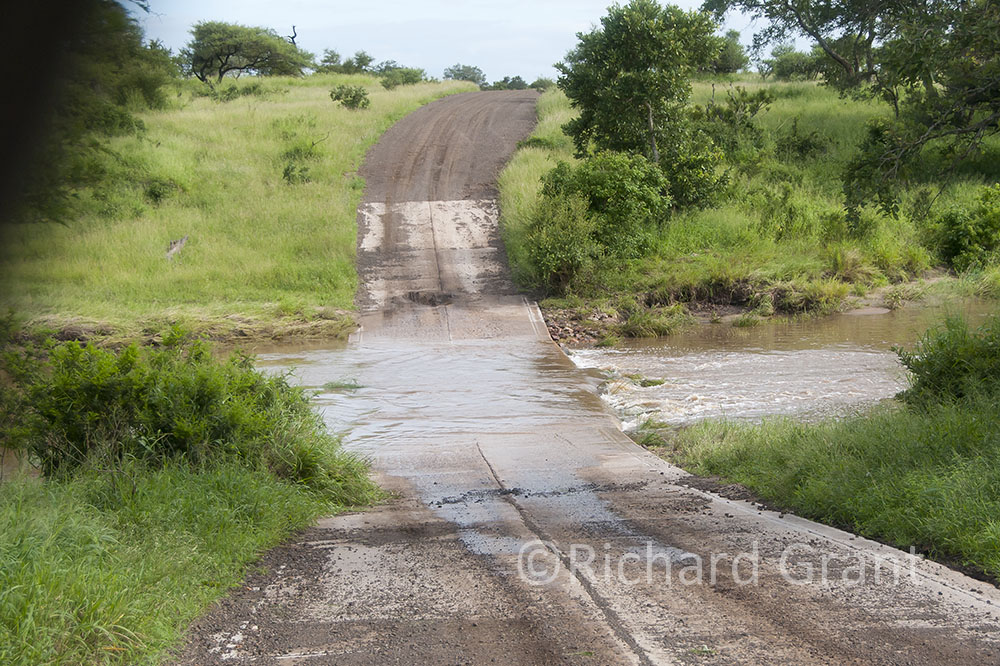
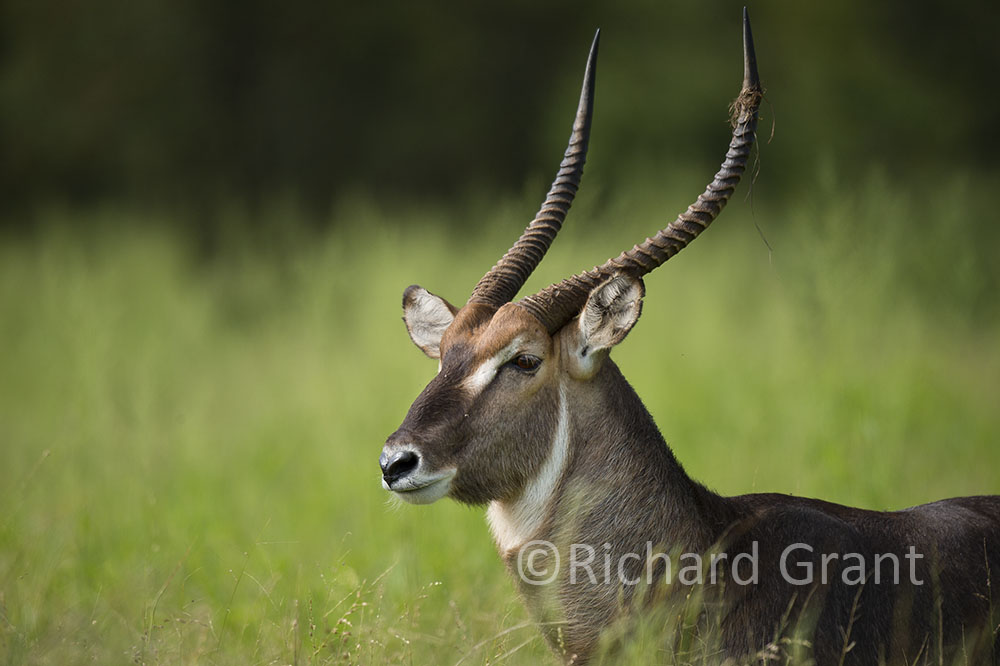
I come across a young Tawny Eagle, resplendent in its creamy plumage.
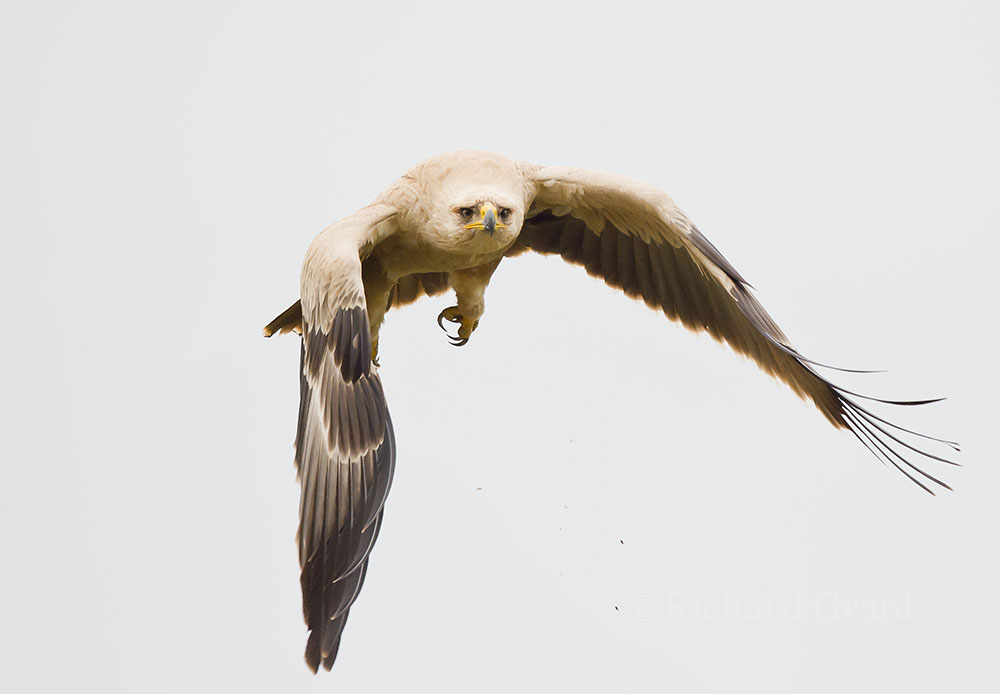
The Nwanetsi River seldom flows but is usually a series of quiet, beautiful pools. Today it looks just like a normal, perennial river.
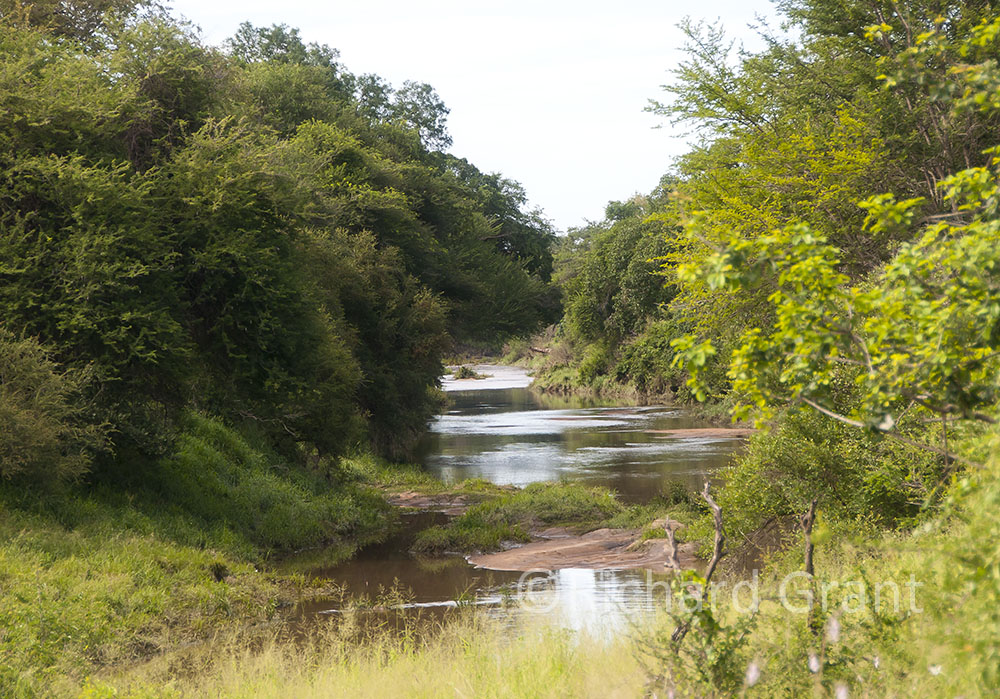
After checking on the Gudzani causeway, I come back up the S100 towards camp. The sky has now cleared and the landscape is a picture of rich colours within the bright green of the grasslands. A most beautiful picture. With this screen of grass on either side of the road, one is going to be very fortunate to find a cat.
Back at camp, I seize the opportunity to do housework – wash the muddy mats and the backlog of mouldy clothes.
Late afternoon I again go out west to Girivana Dam where I enjoy the the great scene of the animals and birds feasting on the proceeds of thhe good rain.
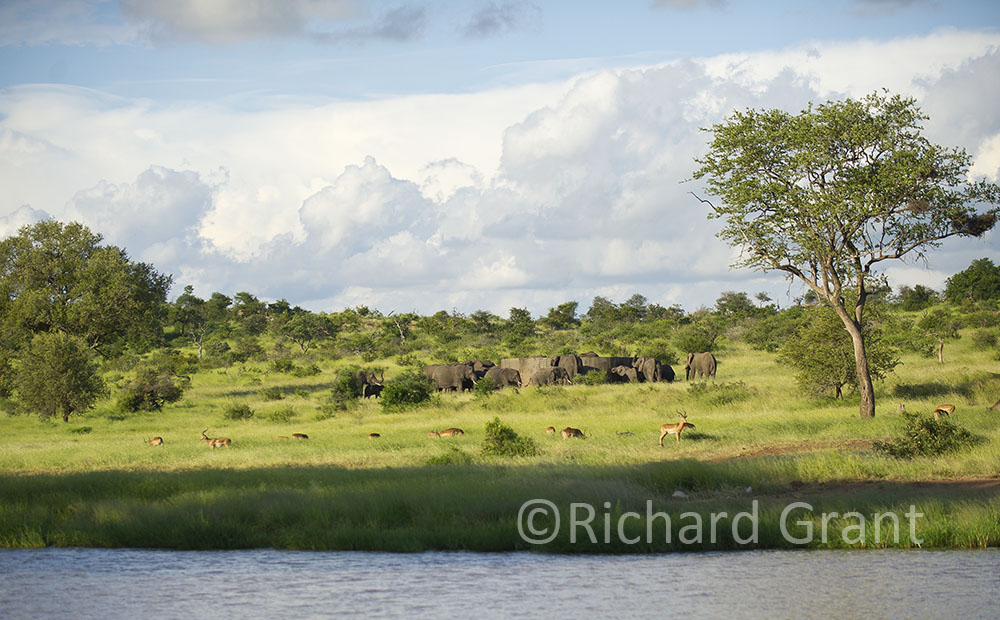
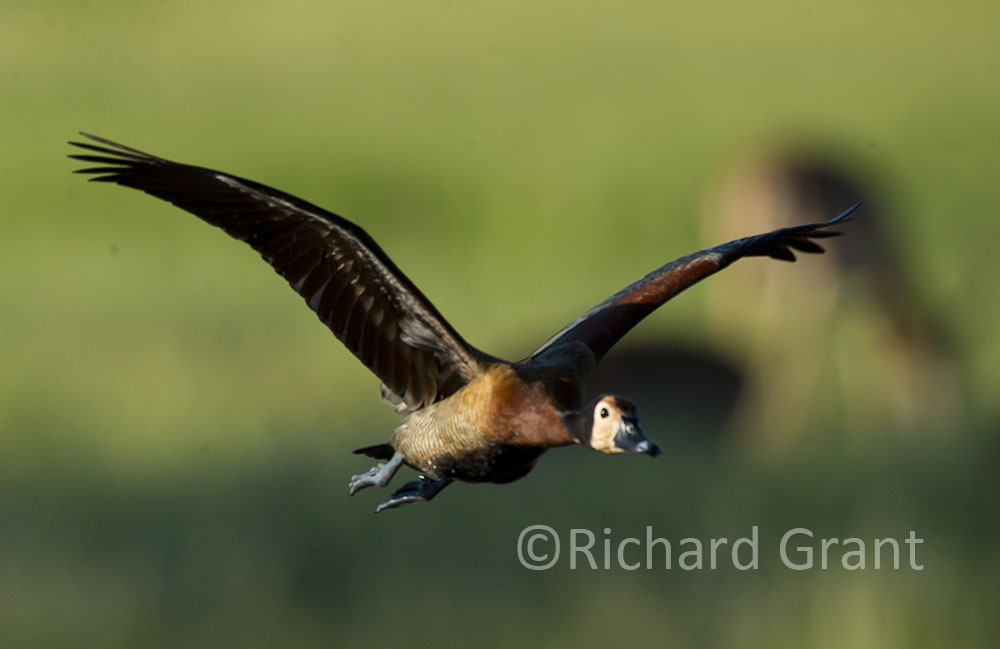
It is amazing how quickly the insect life reacts to the rain. Great clusters buzz around the night lights of the camp whereas at drought stricken Shingwedzi, nothing was to be seen. Which of course attracts the birds.


